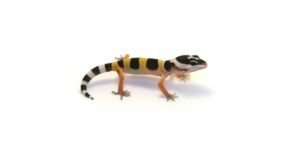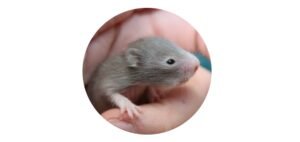Baby Sea Turtles: Hatching & Care of Young
Table of Contents
Baby Sea Turtles: All You Need To Know
It might be wonderful to witness the journey of a Baby Sea Turtles as it hatches from the nest and crawls to the water.
The hatchling, also known as Baby Sea Turtles may face several obstacles on their ways like crabs and driftwoods but this gauntlet also aids in their survival.
Baby Sea Turtles also need to be careful of their predators like raccoons, fish, and birds as they are vulnerable at this stage. In natural conditions their survival rates are low, and only one in a thousand survives to adulthood.
The adult female after she nests, she will return back to sea and leave her eggs and nest. The hatching time can vary in different species and may differ depending on environmental conditions like temperature or humidity.
The temperature of the sand surrounding the nest influences the sex of the baby and no sex chromosomes are found in them.
Baby Sea Turtles Facts
The hatchlings of Sea turtles prey on crustaceans, mollusks, jellyfish, hydrozoans, fish eggs, sargassum seaweed. They may accidentally feed on tarballs or other garbage mistaking them for food.
Flatback and Leatherback hatchlings are much larger compared with other sea turtle species. The latter are pelagic from the hatchling stage and their large size helps them to regulate temperature.
Baby Sea Turtles utilize the light intensity gradient to navigate their way to the ocean. They crawl towards the horizon over the ocean along the waves.
Baby Sea Turtles try to reach the water as soon as they emerge from the nest. Other artificial lights like streetlights, campfires, etc can cause disorientation in them.
They are vulnerable to other predators lurking around them like birds, raccoons, ghost crabs, fish, and dogs.
As their sex is determined by the temperature, the leading rise in global temperature due to global warming may lead to the production of more female babies, by warming the sand around the sand.
The Pivotal Temperature For Baby Sea Turtles
The sex of the Baby Sea Turtles is influenced by the temperature of their nest and this is called pivotal temperature. This pivotal temperature required differs with species.
At a temperature of about 83-85 degrees Celsius, a mix of both sexes can be seen in the nest. At temperatures below this range, males are produced while at higher temperatures females are produced.
After a period of about 45 to 70 days, the hatchlings start to break or pip their egg employing a temporary small tooth, caruncle located on their snout. They remain in their nests for some time after they hatch.
Baby Sea Turtles derive their nourishment from their yolk through their umbilical cord for the starting few days.
Emergence of Baby Sea Turtles
Baby Sea Turtles start to climb their way out in a coordinated manner. They stay over the surface often till the sand cools during nighttime when they will be protected from their predators.
They will then try to reach the waters by employing cues like the intensity of light of horizon, the slope of the beach, and the white crests of the waves.
After they reach waters successfully they enter into a swimming frenzy. This differs in duration and intensity in various species and may usually last for many days.
This behavioral adaption gets them away from nearshore waters where the occurrence of predation is high.
This time period when they remain in water is known as lost years as their whereaboutrs during this time are not known.
Baby Sea Turtles return after they grow in size and become as big as a dinner plate. They will mature and learn to forage in coastal areas.










